The Art of Cinematic Storytelling: Crafting Unforgettable Narratives
Introduction: The Power of Visual Storytelling
Cinematic storytelling is the art of conveying narratives through the medium of film, blending visuals, sound, music, and performance to create an immersive experience. Unlike traditional storytelling, which relies primarily on words, cinema engages multiple senses, allowing audiences to see, hear, and feel the story unfold. From the silent films of the early 20th century to today’s high-tech blockbusters, the essence of great storytelling remains the same: the ability to evoke emotion, provoke thought, and transport viewers to another world.
The Foundations of Cinematic Narrative
Every great film begins with a strong foundation—its story structure. Whether following the classic three-act structure (setup, confrontation, resolution) or experimenting with nonlinear timelines, filmmakers must carefully craft their narrative to maintain audience engagement.
1. The Three-Act Structure
The three-act structure is the backbone of most mainstream films. Act One introduces the characters, setting, and central conflict. Act Two escalates the tension, presenting obstacles that challenge the protagonist. Act Three delivers the climax and resolution, providing closure while leaving room for reflection.
2. Character Development
Compelling characters drive cinematic storytelling. A well-developed protagonist undergoes transformation, facing internal and external conflicts that shape their journey. Supporting characters add depth, serving as foils, mentors, or antagonists who influence the protagonist’s path.
3. Visual Language
Cinema communicates through images—composition, lighting, color, and movement all contribute to the storytelling. A single shot can convey emotion, foreshadow events, or reveal character traits without a single word.
The Role of Cinematography in Storytelling
Cinematography is the visual language of film, shaping how audiences perceive the story. Directors and cinematographers collaborate to create a visual style that enhances the narrative.
1. Framing and Composition
The way a shot is framed can emphasize power dynamics, isolation, or intimacy. Close-ups reveal emotions, while wide shots establish scale and context. The rule of thirds, leading lines, and symmetry all guide the viewer’s eye to key elements.
2. Lighting and Mood
Lighting sets the tone—high-key lighting creates a bright, optimistic feel, while low-key lighting evokes mystery or danger. Shadows can symbolize inner turmoil, and color palettes (warm vs. cool) influence emotional responses.
3. Camera Movement
A static shot can feel contemplative, while a tracking shot immerses the audience in action. Handheld shots create urgency, and slow zooms build tension. Each movement serves the story’s emotional beats.
Sound and Music: The Invisible Storytellers
Sound design and music are often overlooked but are crucial to cinematic storytelling.
1. Diegetic vs. Non-Diegetic Sound
Diegetic sound originates within the film’s world (dialogue, footsteps), while non-diegetic sound (score, voiceover) exists outside it. Both enhance realism and emotional impact.
2. The Power of Silence
Strategic silence can be as powerful as a booming score. A sudden absence of sound can heighten tension or emphasize a dramatic moment.
3. Musical Themes and Leitmotifs
Composers use recurring musical themes to represent characters, emotions, or ideas. John Williams’ iconic scores (e.g., "Star Wars") demonstrate how music becomes inseparable from the story.
Editing: The Rhythm of the Story
Editing shapes the film’s pacing, determining how scenes flow and how information is revealed.
1. Continuity vs. Montage
Continuity editing maintains logical progression, while montage compresses time or juxtaposes images for thematic effect (e.g., the training montage in "Rocky").
2. Cross-Cutting and Parallel Action
Intercutting between simultaneous events builds suspense (e.g., "The Godfather" baptism scene).
3. The Kuleshov Effect
Editing can create meaning through juxtaposition—the same shot of an actor’s face can seem sad, hungry, or fearful depending on the preceding image.
Conclusion: The Magic of Cinematic Storytelling
Cinematic storytelling is a symphony of visuals, sound, and structure, working together to create an emotional journey. Whether through a gripping plot, unforgettable characters, or breathtaking cinematography, great films leave lasting impressions. As we explore further, we’ll delve into genre conventions, the evolution of storytelling techniques, and how modern technology continues to reshape the art form.
(To be continued...)
The Evolution of Cinematic Storytelling Techniques
Throughout film history, storytelling techniques have evolved dramatically, influenced by technological advancements, cultural shifts, and visionary filmmakers who pushed boundaries. From silent films relying on exaggerated gestures to modern blockbusters incorporating CGI and immersive sound design, the language of cinema is ever-changing.
From Silent Films to Sound: A Revolutionary Shift
The transition from silent films to "talkies" in the late 1920s was one of the most transformative moments in cinema. Directors like Charlie Chaplin mastered visual storytelling, conveying humor, romance, and tragedy without dialogue. When sound was introduced, films like *The Jazz Singer* (1927) marked a new era where dialogue and synchronized sound added depth to narratives. However, some filmmakers resisted, believing that visual storytelling lost its purity.
The Golden Age of Hollywood: Classic Narrative Structure
The 1930s to 1950s cemented the dominance of the three-act structure, polished by studios like MGM and Warner Bros. Films like *Casablanca* (1942) and *Gone with the Wind* (1939) perfected the balance of romance, conflict, and resolution, relying on strong character arcs and clear moral dilemmas. This era also introduced genres like film noir, which used shadows and morally ambiguous protagonists to explore darker themes.
The French New Wave: Breaking Conventions
In the late 1950s and 1960s, French directors like Jean-Luc Godard and François Truffaut rejected traditional storytelling. They embraced jump cuts, self-aware narration, and loose plot structures, as seen in *Breathless* (1960). Their work emphasized realism and spontaneity, influencing later movements like American independent cinema.
Genre and Its Influence on Narrative
Different genres employ unique storytelling techniques that shape audience expectations.
1. Drama: The Power of Emotional Depth
Dramas like *The Shawshank Redemption* (1994) thrive on character development and meaningful themes. Slow pacing, lingering close-ups, and powerful monologues draw viewers into the protagonist’s emotional journey.
2. Science Fiction: World-Building and Speculative Themes
Sci-fi films like *Blade Runner* (1982) and *Interstellar* (2014) use futuristic settings to explore philosophical questions. Detailed production design and visual effects create immersive worlds where the story’s themes—like humanity’s future—are amplified.
3. Horror: Tension and Psychological Manipulation
Horror relies on suspense, atmosphere, and misdirection. Alfred Hitchcock’s *Psycho* (1960) and modern films like *Hereditary* (2018) use slow builds, unsettling sound design, and shocking twists to unsettle audiences.
The Rise of Nonlinear Storytelling
Some of the most compelling films abandon linear progression, using fragmented timelines to engage viewers in piecing together the narrative.
1. Flashbacks and Flashforwards
Films like *Citizen Kane* (1941) and *The Godfather Part II* (1974) intercut past and present to deepen character motivations. Christopher Nolan’s *Memento* (2000) reverses chronology, forcing audiences to experience the protagonist’s memory loss.
2. Anthology and Multiple Perspectives
Movies like *Pulp Fiction* (1994) and *Babel* (2006) weave separate but connected stories, highlighting themes from different viewpoints. This technique enriches the narrative by showing how small actions ripple across lives.
3. Dreams and Unreliable Narrators
Films like *Inception* (2010) and *Fight Club* (1999) blur reality and illusion, making the audience question what is real. Unreliable narrators create suspense, as seen in *The Usual Suspects* (1995).
The Impact of Technology on Storytelling
Advancements in filmmaking technology have opened new storytelling possibilities.
1. CGI and Digital Effects
From *Jurassic Park* (1993) to *Avatar* (2009), CGI has allowed filmmakers to realize impossible worlds. While effects can enhance immersion, overuse risks overshadowing story and character.
2. Virtual Filmmaking and Motion Capture
Technologies like performance capture (*The Lord of the Rings'* Gollum) and virtual sets (*The Mandalorian*) blend live-action and digital elements seamlessly, enabling more dynamic storytelling.
3. High Frame Rate and 3D
Innovations like HFR (*The Hobbit* trilogy) and 3D (*Gravity*) add visual depth, though their effectiveness depends on the story’s needs. When used thoughtfully, they enhance immersion without becoming gimmicks.
The Role of the Director in Shaping the Story
A director’s vision is crucial in translating script to screen.
1. Auteur Theory: Directors as Storytellers
Directors like Quentin Tarantino, Wes Anderson, and David Fincher imprint their signature styles on films—whether through dialogue, visual symmetry, or dark humor. Their personal touch makes stories distinct.
2. Collaboration with Writers and Cinematographers
Great films emerge from partnerships. The Coen Brothers’ blend of writing and directing creates unique narratives, while Roger Deakins’ cinematography elevates films like *1917* (2019) through single-take illusions.
3. Improvisation and Spontaneity
Some directors, like Martin Scorsese or Richard Linklater, embrace improvisation to capture raw, authentic moments. *Before Sunrise* (1995) thrives on naturalistic dialogue that feels unscripted.
Conclusion: The Ever-Changing Language of Cinema
Cinematic storytelling continues to evolve, influenced by artistic experimentation, technological innovation, and cultural shifts. From silent-era pantomime to today’s hyper-realistic CGI, the core remains unchanged: the desire to connect with audiences through compelling narratives. In the final section, we’ll explore modern trends, the future of filmmaking, and how streaming has transformed how stories are told and consumed.
(To be continued...)Error: Response not valid
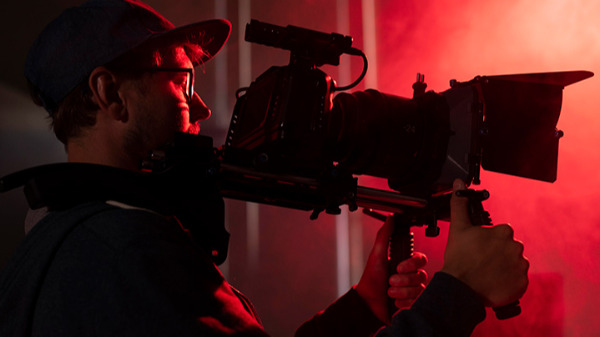

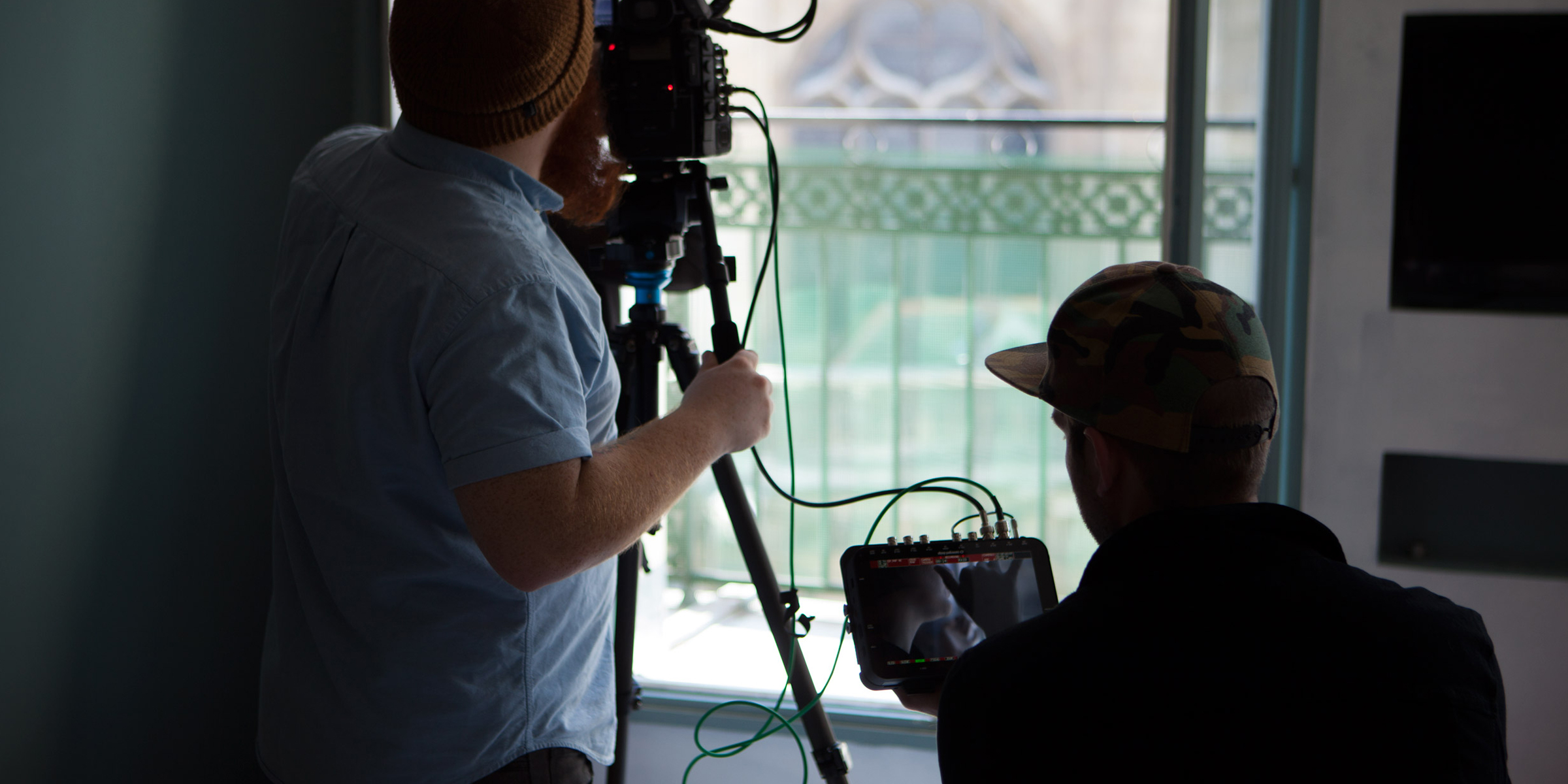
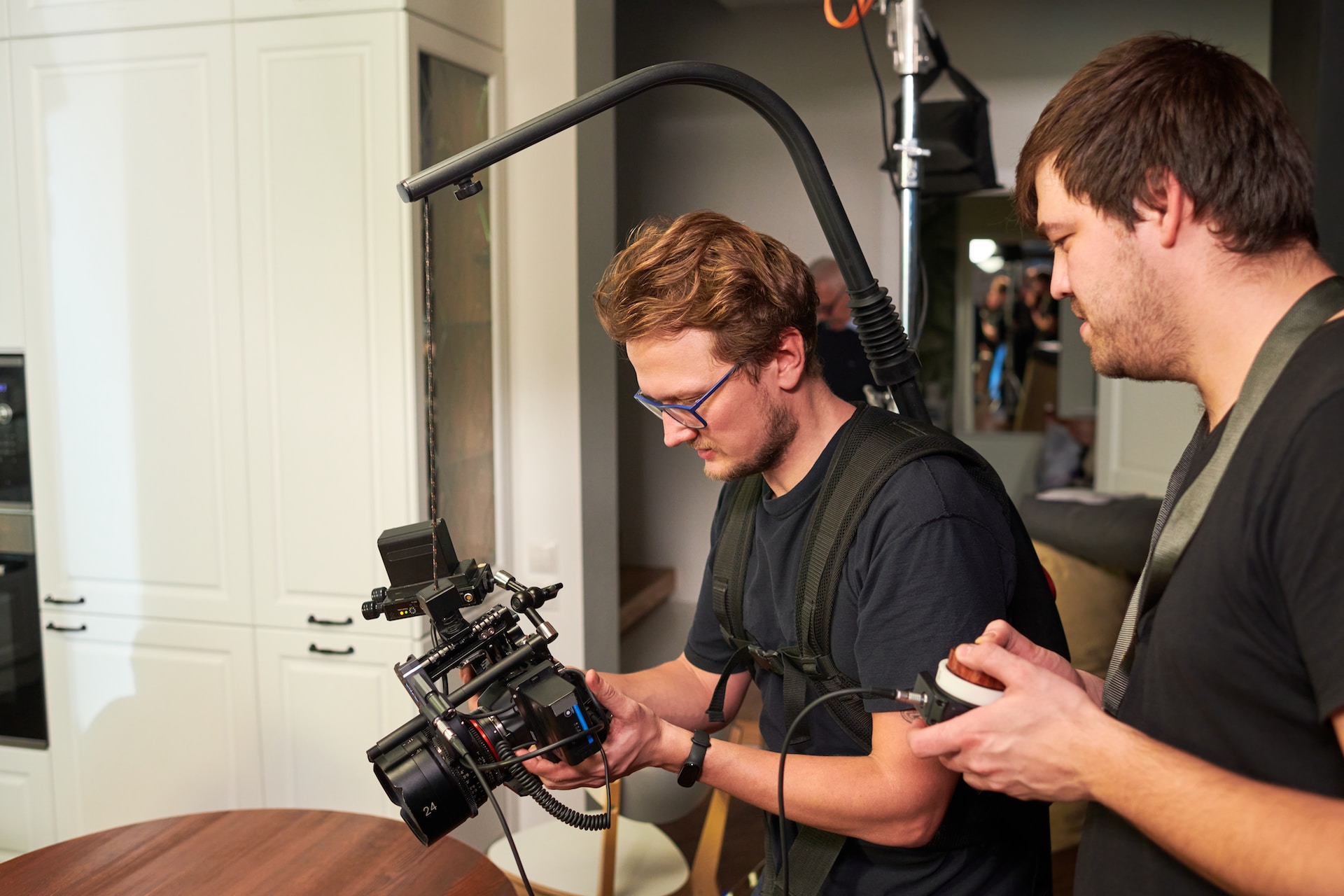




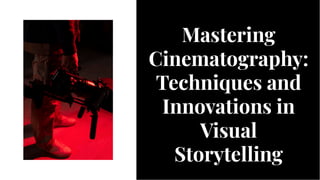

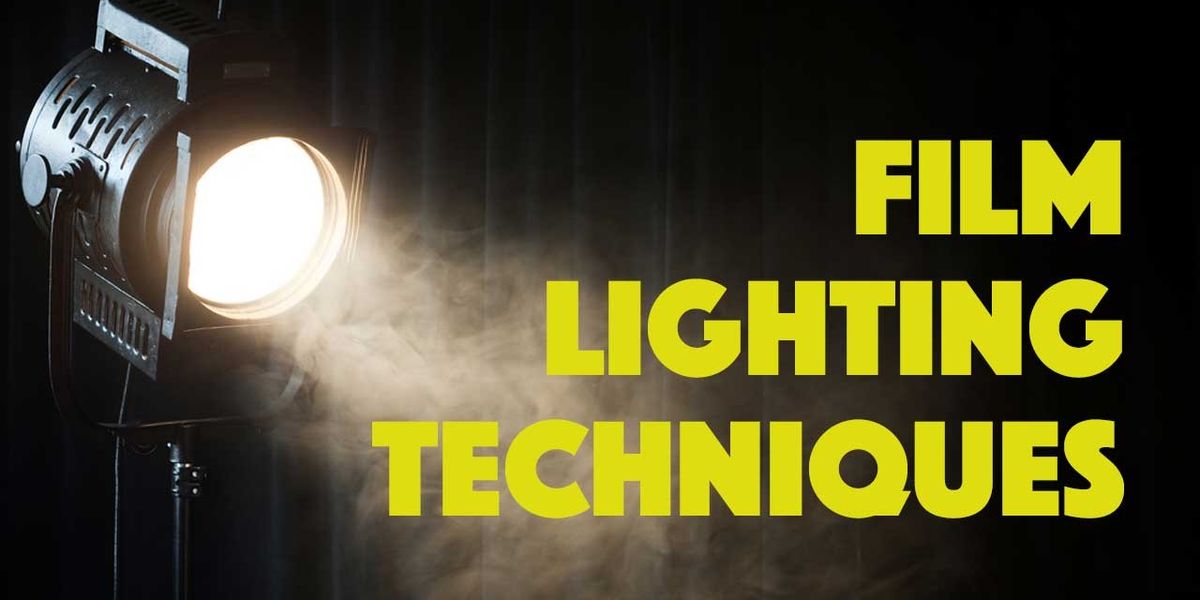




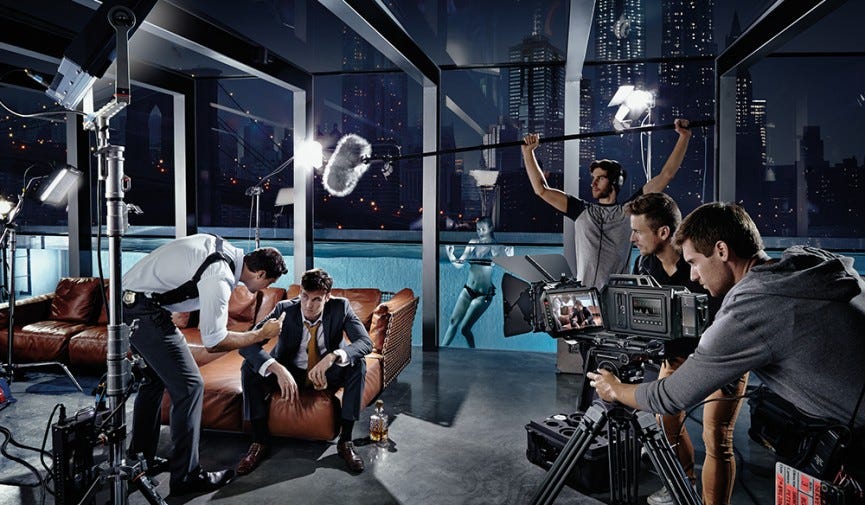

Comments